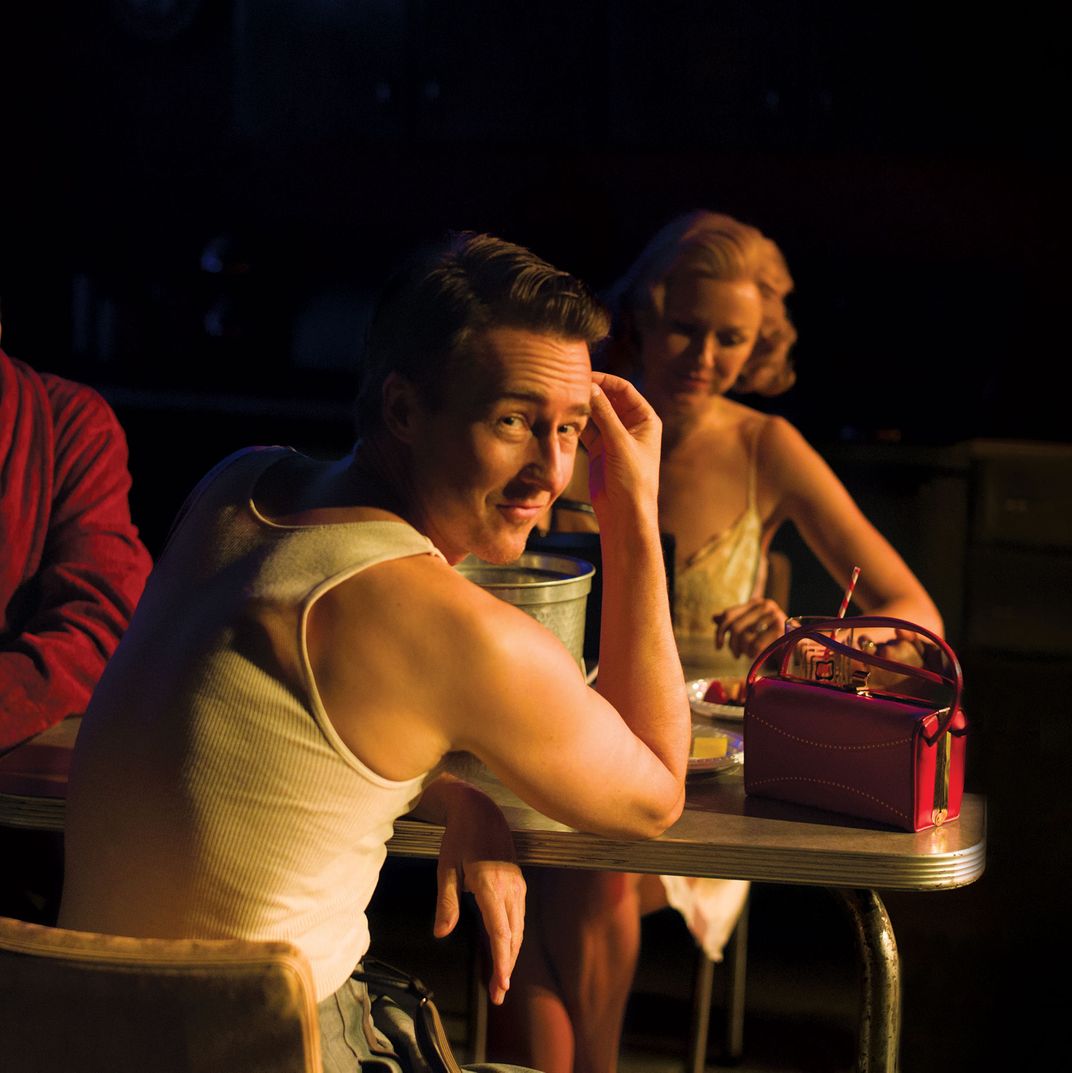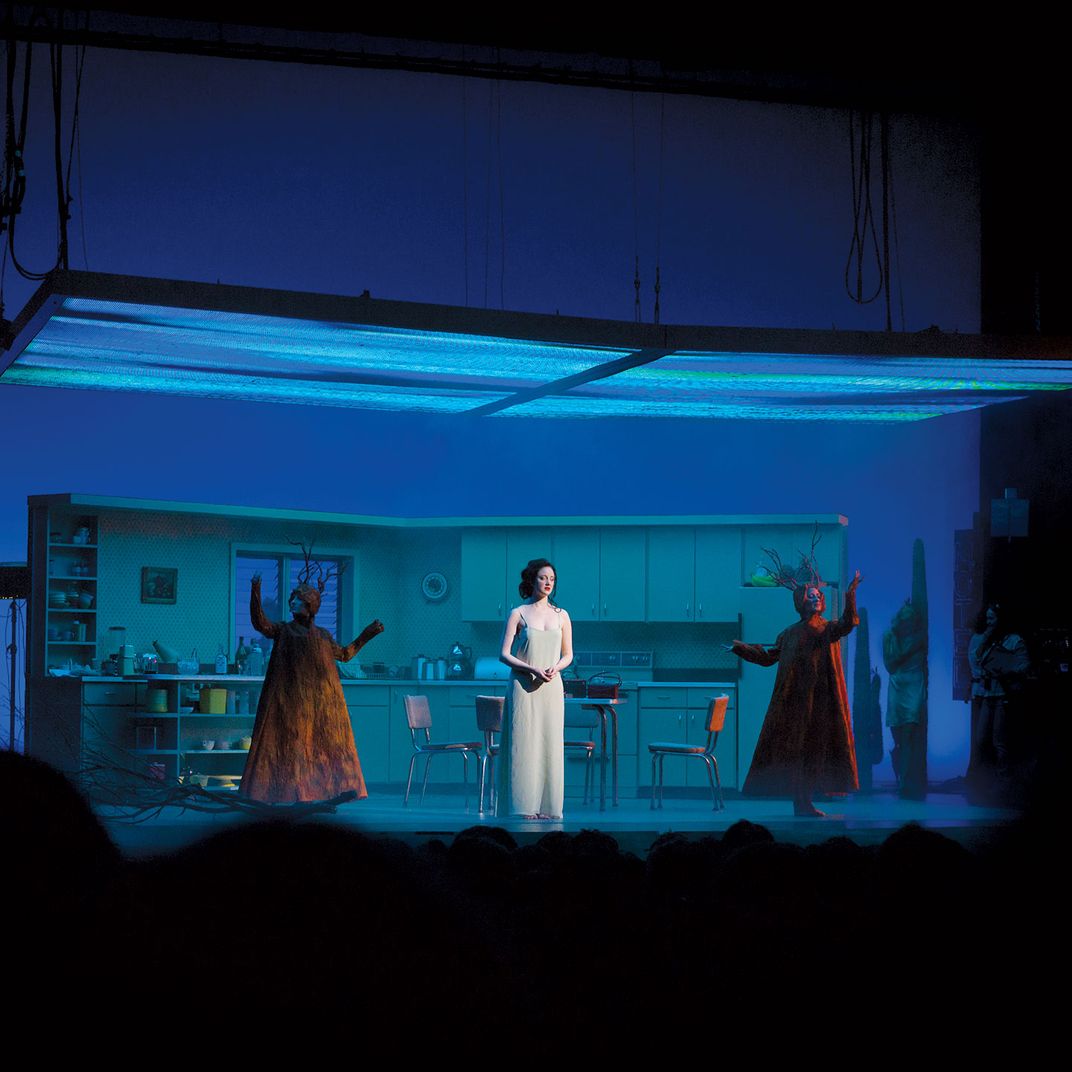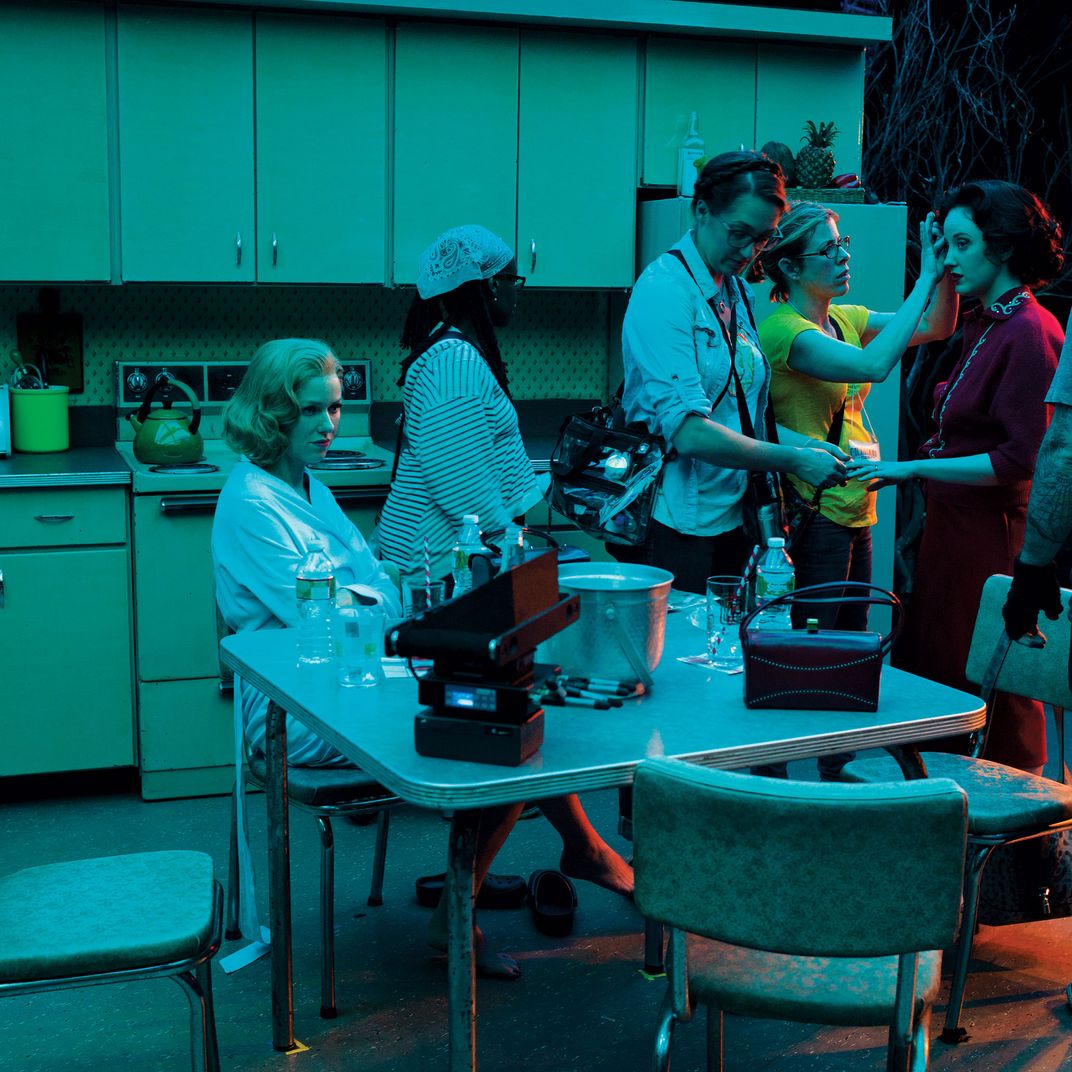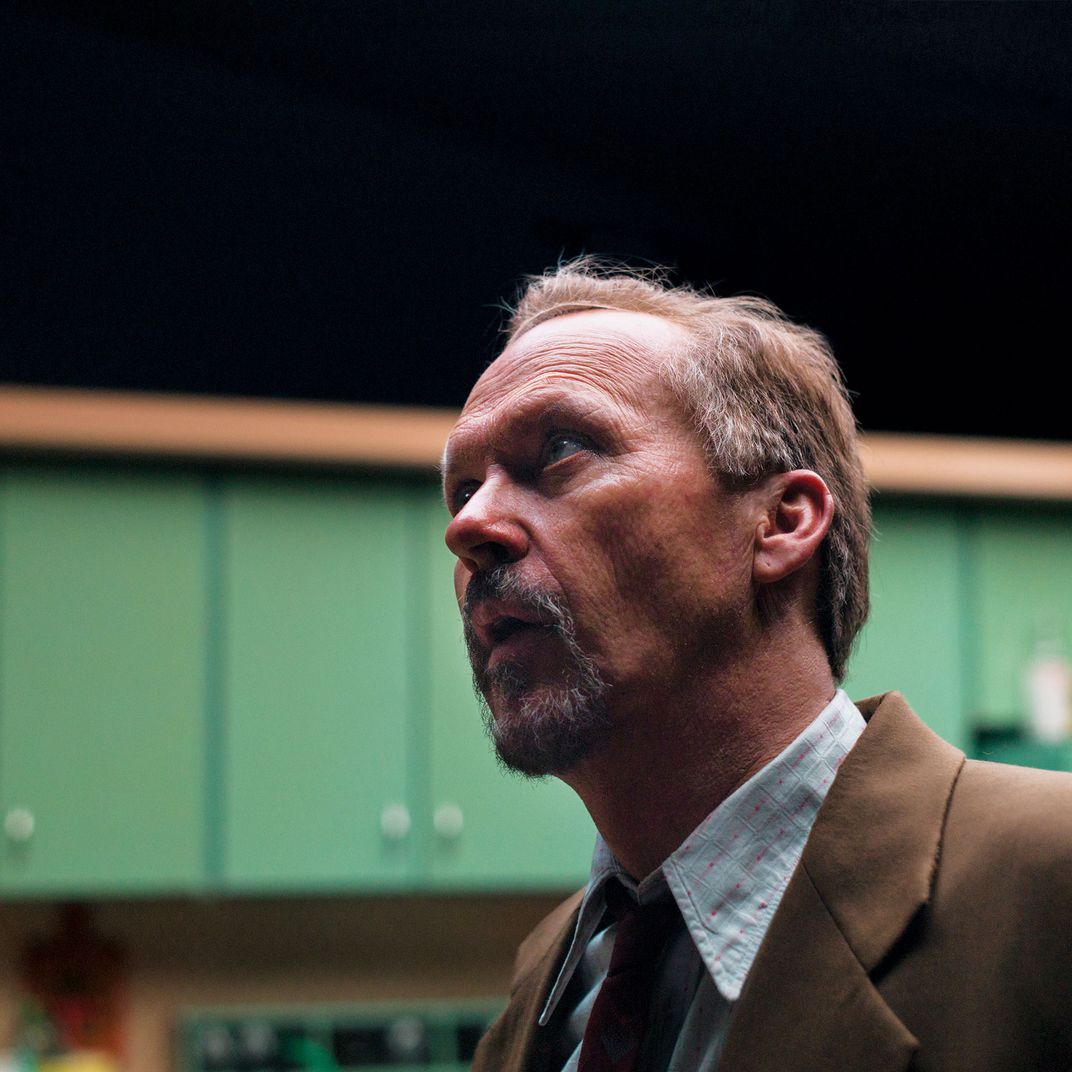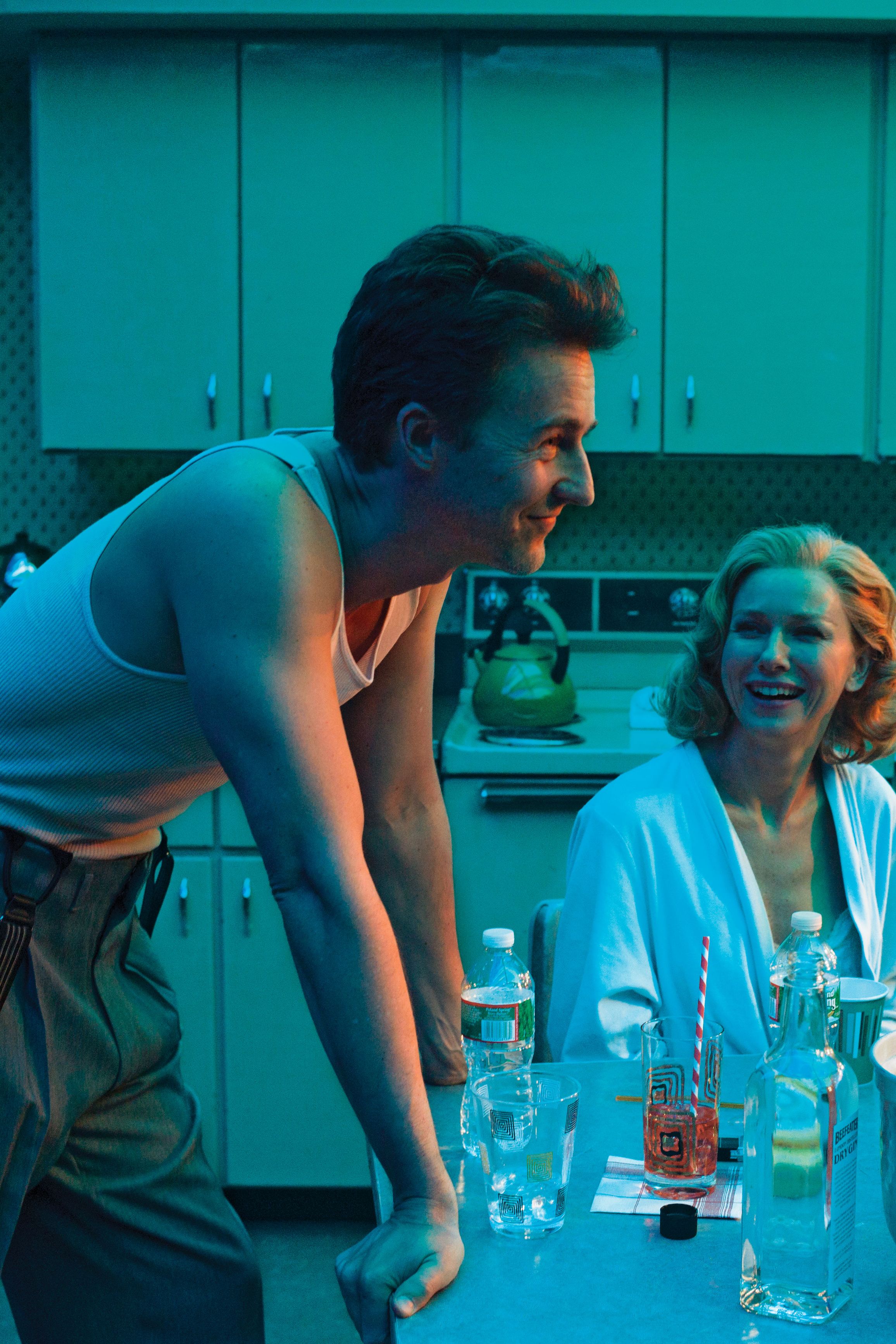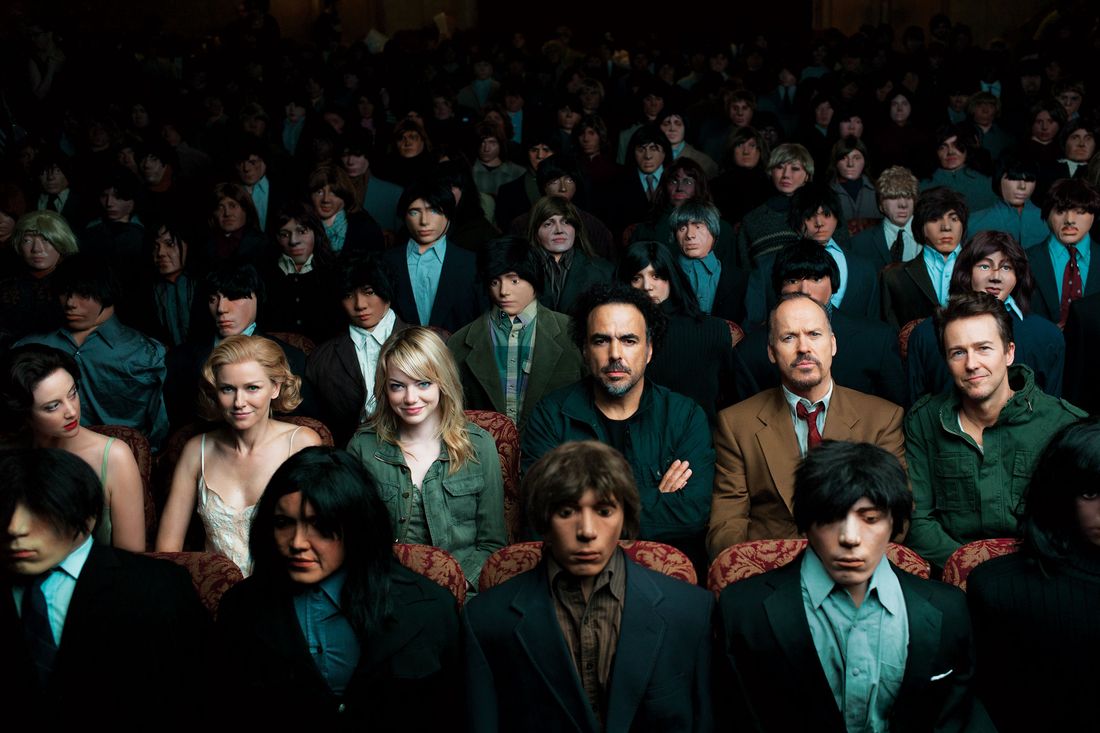
For all the technical wizardry deployed in Alejandro González Iñárritu’s Birdman or (The Unexpected Virtue of Ignorance), the movie’s most impressive trick might have been getting Michael Keaton to say yes. Though he played Bruce Wayne twice in Tim Burton’s Batman movies, Keaton is probably more famous for being the guy who says no: He declined his parts in Beetlejuice and Jackie Brown the first three times they were offered. He quit the sequel to Batman Returns because he didn’t like the kid-friendly direction the studio was pushing it in. He’s said to have turned down starring roles in Splash, The Fly, JFK, Philadelphia, Kingpin, and TV’s Lost, all of which became iconic for the actors who eventually played them. Keaton has been so absent from the screen lately that when he met Barack Obama a few years ago, the president greeted him by asking, “Why don’t you make more movies?”
But it took only one meeting with Iñárritu for Keaton to sign up for Birdman, the Oscar-contending tragicomedy that closes the New York Film Festival on October 11 (in wide release on October 17). “I always think that I’m not going to be right for a movie, or that there’s someone else who can do it better,” says the actor over a crackling cell-phone connection. He was uniquely qualified for this one, though. Birdman is a magical-realist showbiz satire about an actor, Riggan Thomson, who once portrayed a movie superhero but is now, after years out of the spotlight, angling for a comeback as the writer-director-star of a Broadway play. “I got the meta aspect of it, and there were probably nine seconds where I was like, Do I need this? How do I know it’s going to work?” says Keaton. “But then I thought, It would be very cowardly not to do it. I may not be great all the time, that’s for sure, but the one thing I’m not is cowardly.”
Neither, certainly, is Iñárritu, the Mexican director of bleak, despairing dramas like Amores Perros and Babel, for whom the challenge of making his first comedy was evidently not daunting enough — he also insisted on shooting Birdman’s onstage portions in a real Broadway theater, during Tony season, when few are available. By chance, one was. “It was such a lucky strike, because normally these theaters are booked for years,” says Iñárritu, who managed to get his cast — which includes Naomi Watts, Edward Norton, Emma Stone, Amy Ryan, Andrea Riseborough, and Zach Galifianakis — into the St. James Theatre on 44th Street for two weeks last spring, in between Barry Manilow on Broadway and Let It Be, the short-lived Beatles musical. (Brigitte Lacombe shot these photos for New York on May 10, 2013.)
While there, Iñárritu’s actors were constrained not just by time but also by the movie’s demanding visual approach. Virtuoso cinematographer Emmanuel Lubezki (Gravity, The Tree of Life) filmed Birdman with a single camera in pieces that were edited together to resemble an unbroken two-hour tracking shot, which meant that each scene had to be captured in one take. “If it were judged like an athletic event, the difficulty of this movie would probably be record-setting, like extremely high,” says Keaton. “Everyone who lit the scene, acted in the scene, or handed you a prop had to be perfect.”
It was like doing real theater — almost, says Norton, who plays one of the stars of Riggan’s show. “In the movie, you never see the totality of the play” — which is based loosely on Raymond Carver’s short story “What We Talk About When We Talk About Love” — “so none of us knew what it was actually about. It was like Rashomon; we all had our own ideas. It’s always a little meta when you have actors playing actors, but this was really funny because nobody, on either level, understood the play we were doing.”
Naomi Watts plays Edward Norton’s girlfriend and an actress making her Broadway debut. “It’s entirely possible that Naomi was just taking the piss out of me, which she’s doing about 80 percent of the time,” says Norton of this between-takes shot. “We’ve worked together a couple times, and she sees it as her role in life to take me down a peg whenever she can.”Top Photo: The cast and director — Andrea Riseborough, Naomi Watts, Emma Stone, Alejandro González Iñárritu, Michael Keaton, and Edward Norton — sit among the dummies who played audience members in some scenes.
“My theater experience is very limited,” says Michael Keaton of the play-within-the-film, staged at the St. James Theatre. “I did a little in Pittsburgh, worked at a company in college, and I’ve taken classes here and there. It’s not like I’ve never been onstage, but I don’t try to be something I’m not. So that was part of the challenge.”
Riseborough, in red, plays Keaton’s girlfriend and co-star.
“No matter what movie I’m doing, I try to act like there is no camera,” says Keaton. “But it was made extra hard in this movie because you have to know where the camera is, because you gotta help out the cinematographer. Everything had to be word-perfect and cue-perfect.”
Norton and Watts shooting at the St. James Theatre.
Naomi Watts plays Edward Norton’s girlfriend and an actress making her Broadway debut. “It’s entirely possible that Naomi was just taking the piss out of me, which she’s doing about 80 percent of the time,” says Norton of this between-takes shot. “We’ve worked together a couple times, and she sees it as her role in life to take me down a peg whenever she can.”Top Photo: The cast and director — Andrea Riseborough, Naomi Watts, Emma Stone, Alejandro González Iñárritu, Michael Keaton, and Edward Norton — sit among the dummies who played audience members in some scenes.
“My theater experience is very limited,” says Michael Keaton of the play-within-the-film, staged at the St. James Theatre. “I did a little in Pittsburgh, worked at a company in college, and I’ve taken classes here and there. It’s not like I’ve never been onstage, but I don’t try to be something I’m not. So that was part of the challenge.”
Riseborough, in red, plays Keaton’s girlfriend and co-star.
“No matter what movie I’m doing, I try to act like there is no camera,” says Keaton. “But it was made extra hard in this movie because you have to know where the camera is, because you gotta help out the cinematographer. Everything had to be word-perfect and cue-perfect.”
Norton and Watts shooting at the St. James Theatre.
Norton doesn’t think he was satirizing any of his own persona with his performance as the brilliant but erratic Mike Shiner, but he admits that Iñárritu might have had hidden motives in casting him among other refugees from superhero franchises. “I did The Hulk, Michael did Batman, and Emma did Spider-Man,” he says. “You have a movie starring people who are complicit in the very thing they’re sticking a fork in. I think that was totally by design on Alejandro’s part.” (Actually, Iñárritu would like to stick more than a fork in the superhero genre: “Sometimes these films are just guys in nylon suits picking their asses, which is fine,” he says. “But the ones that pretend to be profound can have a fascist, right-wing point of view. The good guys are always right, and they use their powers to defeat the guys who aren’t on their side. If I made a superhero movie, the hero would die at the end, for being so full of certainty without having learned anything. That would be his lesson, to be dead.”)
Keaton, who presciently ditched his own superhero series before the Bat-suit got nipples, says he doesn’t identify much with the depressive Riggan, who is tortured by regrets over hanging up his cape. “I related less to him than almost every other character I’ve played, in terms of the desperation,” he says. “There were times in my life when I felt desperate, but it was never about this. It’s a fear-based industry, and if you buy into it, you’re pretty fucked.” But when I press him further on the similarities between his career and Riggan’s, Keaton, apparently in the middle of a photo shoot, ends our call: “Now they’re yanking me for one more picture, and I hate to be rude, but he’s been looking at me like I’m a jerk, so … [click].”
Like Riggan, though, Keaton — already the subject of Best Actor buzz following Birdman’s ecstatic reception at the Venice Film Festival in August — seems ready for a resurgence. “If you look at my age and how long I’ve been acting, I’m way behind in terms of the amount of films compared to my peers,” he said before getting off the line. “But I’m in the mood to work these days.” Next, he’ll star in Thomas McCarthy’s Spotlight as a Boston Globe editor investigating a Catholic sex-abuse scandal. “It’s a really good cast and a really good script. You might think they’re around all the time, but they’re just not, so I grabbed it. It’s hard to say no.”
*This article appears in the October 6, 2014 issue of New York Magazine.


